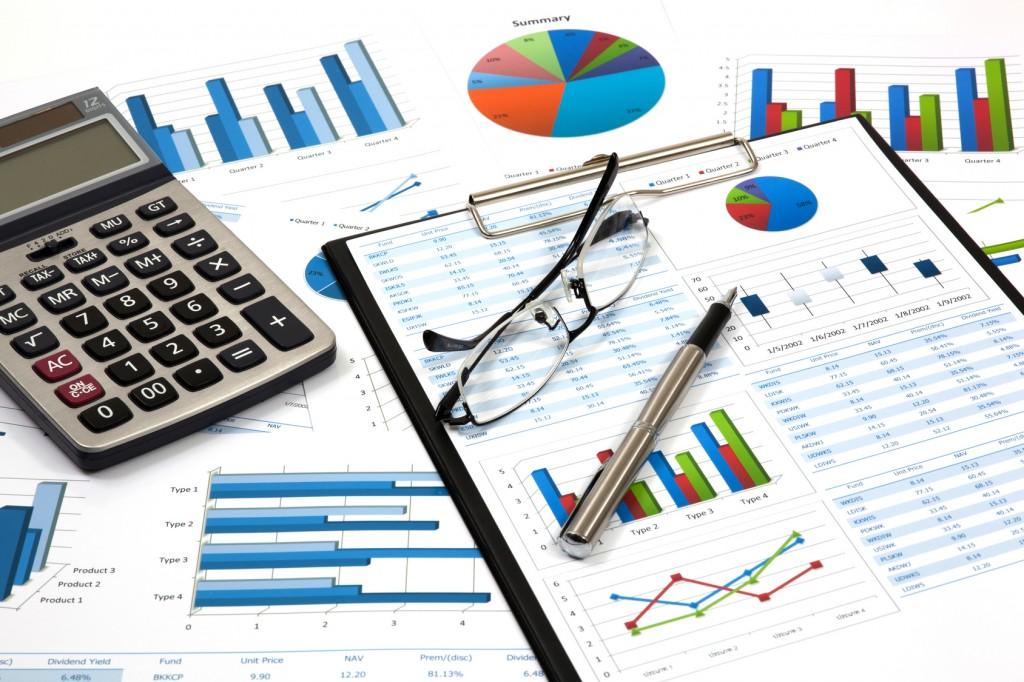What Are The “In-Play” Instruments?
To begin with, let us understand forex instruments. The foreign exchange market is vast in terms of liquidity and the number of instruments that investors can trade. A forex instrument is simply the asset that is available for buying/selling with the capability of earning a profit for the traders. Therefore, currency arrangements such as spot, outright forwards, and currency swaps are forex instruments.
But forex instruments could also be derivatives of the currency arrangements. The derivatives allow traders to exploit the currency arrangements’ fluctuating prices in terms of contracts for differences (CFDs). In other words, the currency arrangements are the primary instruments, of which the prominent tool is currency pairs. Now that we have forex instruments out of the way let us revert to “in-play” instruments.
“In-play” forex instruments, or “in-play forex” for short, are those whose prices are primed for a significant change in direction. To understand this concept, consider an in-play firm when speaking about mergers and acquisitions (M&As). From the perspective of M&As, and the in-play firm is one that is on target for acquisition either by its own volition or by another firm targeting the former for takeover. One firm’s intention to take over another puts the targeted firm “in play” for more bids.
Reasoning deductively, one concludes that “in-play” forex instruments are those that many traders are interested in buying or selling. If, say, many traders in the market target the EUR/USD to short the pair, it suddenly becomes “in-play.” It means more traders might join the band of “shorters.” Eventually, this leads to the currency pair dipping massively.

Advantages of trading the “in-play.”
“In-play” instruments have a certain appeal, mainly because they give traders an edge over everyone else in the market if spotted early enough. The first advantage of trading such instruments is that you take a position at the best possible price before the rest of the market rushes that way.
Using the EUR/USD to illustrate, say your analysis shows a growing intention to sell the pair. One can find out by researching the market sentiment of the currency pair. Satisfied that the pair is “in play,” you go ahead and take a short position when the pair’s price is slightly higher. Once the shorting activity increases, the currency pair continues to decline in value. Therefore, the advantage of trading the “in-play” is the ability to catch a trend before it solidifies. It gives you a very important edge over other market players by giving you the first-mover advantage.
Focusing on “in-play” forex instruments exposes your position to vast liquidity. In the M&A analogy we cited earlier, we saw that an “in-play” firm that is up for a takeover is the focus of many traders because of the activity around it. Investors usually anticipate the takeover price to overvalue the firm. As such, they take early long positions to cash in on the premium.
In the same vein, “in-play” forex instruments are always in high demand. This heightened activity around the assets makes their liquidity immense. For the period that the instruments remain in play, you have an excellent opportunity to enter and exit positions against the market as many times as you wish. In short, “in-play” forex instruments are ideal for short-term traders like scalpers and day traders in general.
Finding The “In-Play” Forex Instruments
A combination of fundamental and technical analysis is ideal for finding “in-play” forex instruments. First, this is because the instruments’ fundamentals play a crucial role in putting them in play. It could be a release of key data for a currency’s underlying economy or even a significant government announcement aimed at stimulating the economy. Secondly, the price action around forex instruments points to “in-play” instruments.

Then, how do you scan the market for “in-play” forex instruments? In the first place, focus on the economic calendar. From this tool, you can anticipate “in-play” devices by sizing the upcoming events’ weight. If, for instance, a release of unemployment data is next, one is right to anticipate significant activity around the associated currency.
The idea is to research widely for any hints regarding the story that the numbers are expected to tell. A great place to start is obtaining research notes of major institutional and individual analysts. The research notes will always state what effect given numbers could have on a particular currency.
In the second place, focus on the price action, especially the momentum and direction. Is the currency pair overbought? Is it fluctuating vigorously? An excellent place to start is by using trend and volatility indicators. Adding a few oscillators into the mix should help point you at the trade with the highest profit potential.
Conclusion
“In-play” forex instruments happen all the time if one cares to scan the market for them. Fundamental and technical analysis techniques should point you in the right direction. Usually, these instruments’ defining characteristic is a ‘beehive of activity’ concerning their price action.
The most significant advantage of “in-play” forex instruments is that they enable you to exploit a trend before it solidifies. The first-mover advantage is always an edge that every trader desires. Since such instruments are in play for a short period, it is ideal for taking short-term positions. As such, the instruments are suitable for scalpers.







